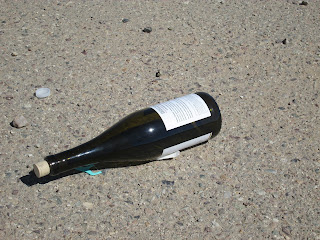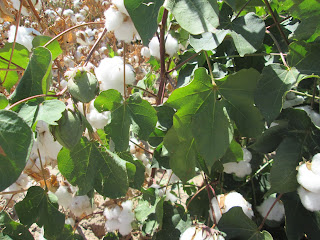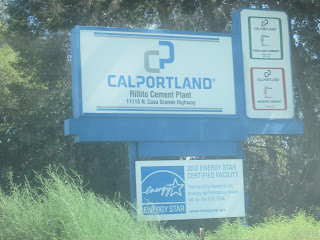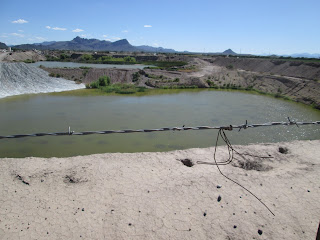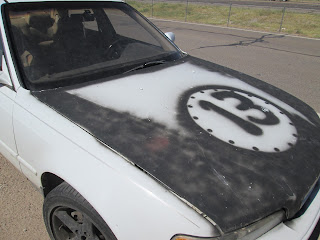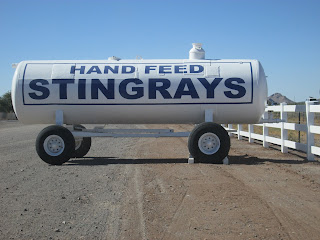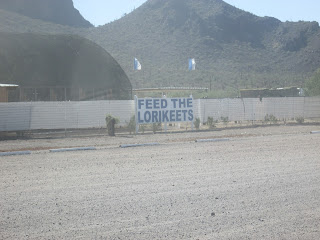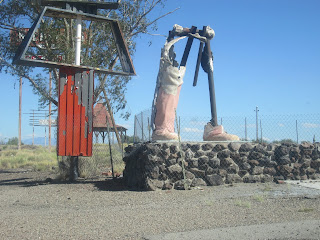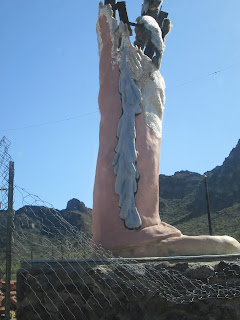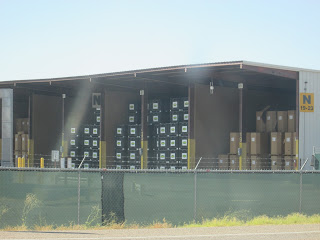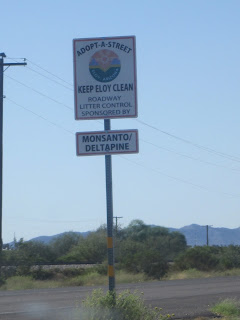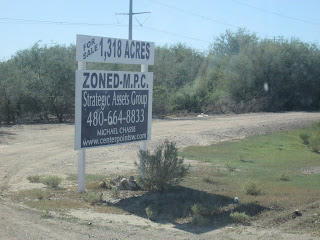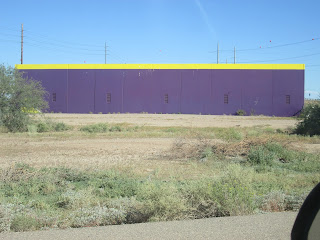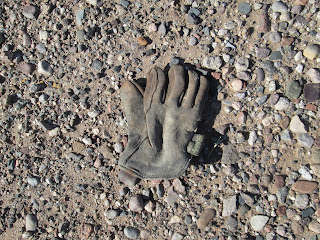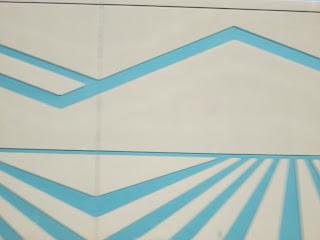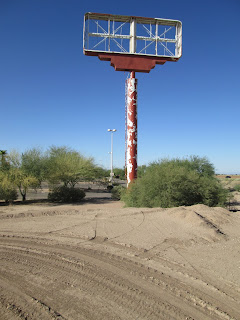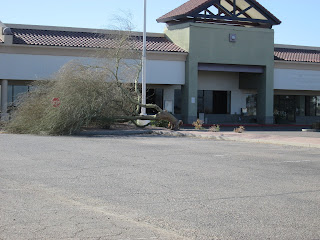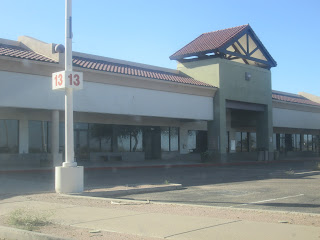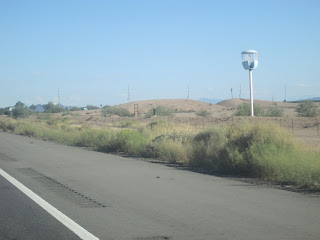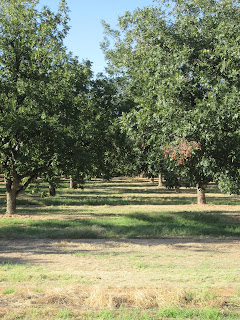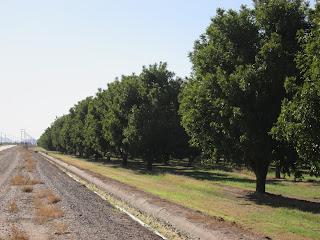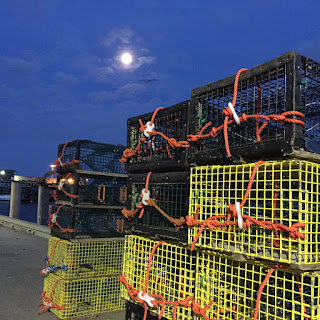 |
| Lobster Cages in the moonlight at the North Head Wharf; Grand Manan, New Brunswick. Photo by the author. |
(Re)Consider the Lobster
by Katie Gougelet
Thanks for taking the time to visit my tiny cabinet this week! In the display, I explore/explain my summer research about the lobster industry in Grand Manan, New Brunswick with the Grand Manan Field Studies Program run by Professor Alison Deming. I juxtapose my own photos and artifacts from Grand Manan with various images of lobsters that have recently captured the public imagination.
Below you'll find some quick notes I took after a visit to a lobster holding tank on Grand Manan. When David Foster Wallace wrote his famous essay Consider the Lobster, he commented on the living conditions of lobsters being held at the Maine Lobster Festival. In these large holding tanks, lobsters would often fight each other, and even cannibalize each other. The new technology at tank houses, like the one I visited in Grand Manan, provides a solution for this, and allows lobstermen to control precisely when they release their catch to the market. This technology has brought millions of dollars in revenue to the island of Grand Manan. The essay I’m working on now, “(Re)Consider the Lobster” explores current changes in the lobster industry in Grand Manan (including dramatic shifts in the population caused by climate change), and the game-changing role that these tank houses play in bringing more of this resource to an international community of lobster-hungry humans.
Fieldnotes from Grand Manan, New Brunswick:
Meeting
Lobsters at the Tank House
The
inside of the building is cold and fluorescent; the air is stale and smells not
like fish or ocean but something subtler, something in between. The entire
bottom of the building is filled with tanks burbling quietly, and in the tanks
are cages that fall five feet deep beneath the floor that we walk on. Each of
the cages is filled with dozens of lobsters. From our vantage point we can see
just the tops of the cages – otherwise, they are fully submerged, and
bubbles and froth fill the gabs between the cages and the waterline. The tops
of the cages are roped up with sea foam rope. And the cages themselves are
three different colors: the green, the most abundant, are for the 1-2 pound
lobsters; the yellow 2-4; the blue 4-6; and in the orange cages, deep under the
water, the 6+ pound lobsters, lobsters so big that their meat is too tough to
eat. Despite this, they are still profitable. The Chinese market for these
large beasts has been growing –though these lobsters cannot be eaten, they
remain symbols of status at feasts. This particular tank house will load up
these 6+ pounders into trucks and then into planes, where they will be shipped
half way across the world to shine, dead on the table, in their newfound cultural
status.
The man who shows us around the
operations has kind blue eyes, is tan, his hair thinning slightly, and is built
like a man who has been at sea hauling lobster traps out of the ocean for a big
portion of his life. He explains that in the cages, the lobsters are
essentially doing what they do in winter, sleeping, really, their own version
of hibernation. It’s called a “torpid state”: the lobster metabolism slows
significantly, so that they need to eat and move very little.
Each lobster sits in a “lobster
condo”– a
lobster-sized rectangular cube in which they rest, claws banded, as they get
lowered in to the cold water. When the fishermen first put the lobsters in the
water, it is room temperature, and then the new technology of the tank house
allows them to gradually lower the temperature until it reaches just above
freezing – just enough to allow the lobsters to
achieve their torpid metabolic states.
“It’s just a second winter,” the man
says, but I wonder how that affects their physiology – living
through another stage of cardiovascular suppression. When they wake up, he
says, they are incredibly fierce. Snappy, spritely, keen to grab at the fingers
of the women who are tasked with processing them, some of whom have in fact lost
fingers or parts of them by processing the crustaceans in the past.
The man pulled a large cage of
lobsters out from one of the very cold pools. I’m not sure what I expected they
would look like in this supercool phase, but they seemed extraordinarily
sentient; their antennae swiveling back and forth and their eyes, short, black
glossy tubes, waggled a bit too. Their claws were larger than my hand; and
realizing that made me put my hands out of sight. But while the littler
lobsters can take off part of a finger, apparently the big ones move too slowly
for that. Too old and sluggish from the rhythms of deep sea life.
David
Foster Wallace describes lobsters as solitary creatures, crawling across the
ocean floor or scuttling around backwards in a lithe flick of the tail. Scoop,
swish, scuttle scuttle, claws grabbling at the cold ocean floor. I imagine what
it might be like to be down there with them, the sound of all of them
lobstering away, crawling into traps, grabbing some chicken, and if they’re
sneaky, which so many of them are, escaping the traps to their blue green
abyss.
Since they’re solitary, what do they
think now, up in the air before us? The black eyes of one of the biggest ones
swivels, probing the air for information about this glistening fluorescent
place, and the sad looking hominids – writers all of them - looking back.

